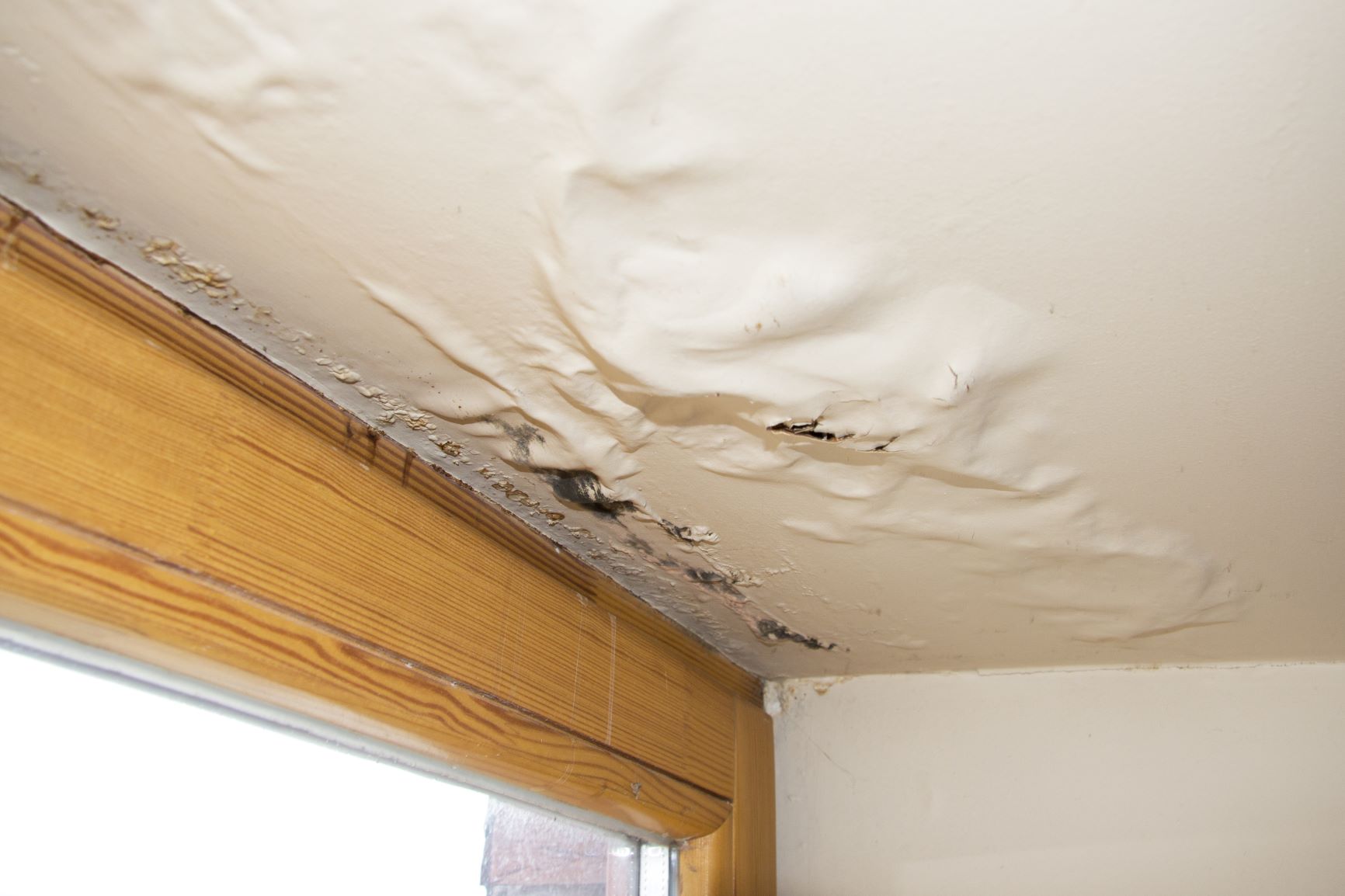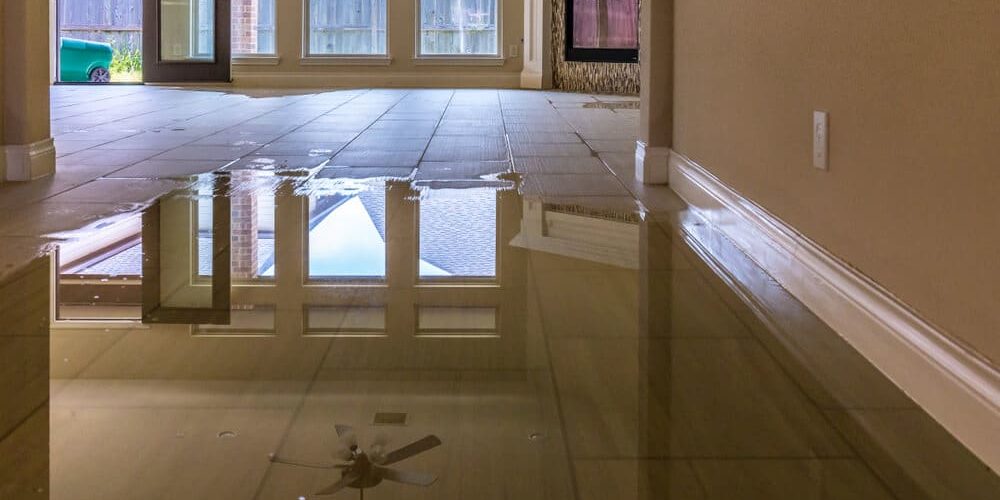The Process of Water Damages Cleanup: Guaranteeing Your Home Is Restored Successfully
Water damage can be an overwhelming difficulty for home owners, necessitating a organized and precise cleaning process to bring back safety and security and functionality. Originally, a comprehensive evaluation is crucial to determine the level of the damage and figure out the ideal remediation procedures. Following this, effective water extraction methods play a crucial role in mitigating additional damage. The nuances of drying, sterilizing, and eventual remediation are similarly necessary and usually forgotten. Understanding these stages can make a significant difference in the outcome of your home's reconstruction, prompting a closer look at what each action involves.
Analyzing the Damages
Upon discovering water damages, the primary step is to thoroughly analyze the level of the effect. This initial analysis is vital, as it assists determine the essential actions for effective cleaning and repair. Begin by examining the influenced locations, including wall surfaces, ceilings, floors, and individual possessions, to identify the resource of the water intrusion, whether from flooding, leakages, or condensation.
Documenting the damages is important for both insurance policy claims and planning reconstruction efforts - damage restoration services. Usage photos and written notes to catch the severity of the damage, keeping in mind any type of affected structural components and materials. Pay unique attention to locations that may not be quickly visible, such as behind wall surfaces and under carpets, as concealed dampness can result in further issues, consisting of mold development
In addition, analyze the timeline of the water exposure. Ultimately, a detailed analysis lays the foundation for a successful water damages cleaning procedure, ensuring that all affected areas are dealt with successfully and extensively.
Water Removal Strategies

Professionals usually utilize submersible pumps for larger volumes of water, which can quickly reduce flooding in basements or various other influenced areas. For smaller quantities, wet/dry vacuum cleaners are usually made use of to remove recurring wetness from carpets and hard surfaces. Additionally, making use of mobile extractors enables targeted removal in restricted rooms or locations with fragile materials.
In circumstances of infected water, such as sewage or floodwater, progressed removal techniques may entail making use of biohazard equipment to ensure safety and conformity with wellness policies. High-powered extraction devices are vital in lessening water retention in structural materials, which can bring about mold and mildew development and structural wear and tear if not resolved immediately.
Ultimately, the performance of water extraction strategies plays a crucial function in the overall success of the water damages cleaning process, preparing for succeeding restoration initiatives.
Drying and Dehumidification
Once standing water has actually been efficiently extracted, the next crucial stage in the water damage clean-up procedure is drying and dehumidification. This action is important to prevent additional damages and mold development, which can take place within 24 to 48 hours in moist atmospheres.
To achieve effective drying out, specific tools such as industrial-grade air movers and dehumidifiers is employed. Air movers flow air across wet surface areas, boosting dissipation rates, while dehumidifiers minimize moisture levels in the air, advertising a conducive atmosphere for drying out. The mix of these tools makes sure that dampness is attracted out from wall surfaces, floors, and furnishings, enabling them to completely dry completely.
It is essential to monitor the drying process closely. Professionals typically utilize wetness meters to examine the wetness material in different products, making sure that all influenced locations reach acceptable dryness levels. This meticulous approach helps to avoid hidden dampness pockets that can bring about architectural damages or undesirable mold and mildew growth.

Cleaning and Sanitizing
After the drying out and dehumidification phase is complete, the following crucial action in water damage cleaning is cleaning up and sanitizing the influenced locations. This process is crucial to stop the development of mold, microorganisms, and various other pathogens that grow in moist environments.
The cleansing phase typically entails eliminating any particles, dirt, and impurities from surfaces making use of specialized cleaning up representatives. For difficult surface areas, a mix of soap and water or commercial cleansing products is commonly employed. Soft products, such as upholstery and carpetings, may need more considerable cleaning approaches, including vapor cleaning or deep removal techniques, to make sure comprehensive hygiene.

Sterilizing adheres to cleansing, utilizing EPA-approved anti-bacterials to remove hazardous microbes. This action is important, especially in locations that may have come into contact with floodwaters or sewer, as these resources can pose severe wellness risks.
In addition, it is essential to resolve any type of remaining odors, which might call for making use of smell neutralizers or sophisticated methods like ozone therapy. Correct cleansing and sterilizing not just bring back the safety and security and hygiene of your home yet also lay the foundation for effective restoration and repair work in succeeding phases of the water damages cleaning procedure.
Reconstruction and Repairs

As soon as the evaluation is full, remediation initiatives can begin. In addition, flooring may call for similar interest, depending on the degree of water exposure.
It is critical to engage seasoned remediation specialists during this process, as they have the know-how to handle complicated fixings efficiently. In addition, they can help alleviate possible future issues, such as mold development or architectural instability, thus guaranteeing a secure and habitable living environment. Inevitably, reliable restoration and repair work bring back the home's stability and boost its total worth.
Verdict
Finally, the process of water damage cleanup is vital for bring back a home to its pre-damage problem. Each phase, from examining the damages to carrying out reliable water removal strategies, adhered to by detailed drying out, disinfecting, and necessary repair work, plays a necessary function in ensuring safety and security and compliance with structure standards. Effective implementation of these actions not just minimizes prompt damages however likewise improves the long-term honesty and value of the residential or commercial property.
Water damage can be a challenging challenge for home owners, demanding a structured and thorough clean-up procedure to bring back safety and performance. Ultimately, a thorough evaluation lays the foundation for a successful water damages cleanup procedure, guaranteeing that all influenced areas are resolved efficiently and extensively.
Effective water removal techniques are vital in mitigating damage and protecting against additional difficulties following a water invasion occasion.In conclusion, the process of water damages cleaning is vital for recovering a home to its pre-damage condition. Each phase, from examining the damages to executing efficient water removal techniques, complied with by detailed drying, sterilizing, and needed fixings, plays a vital function in making certain safety and compliance with building requirements.